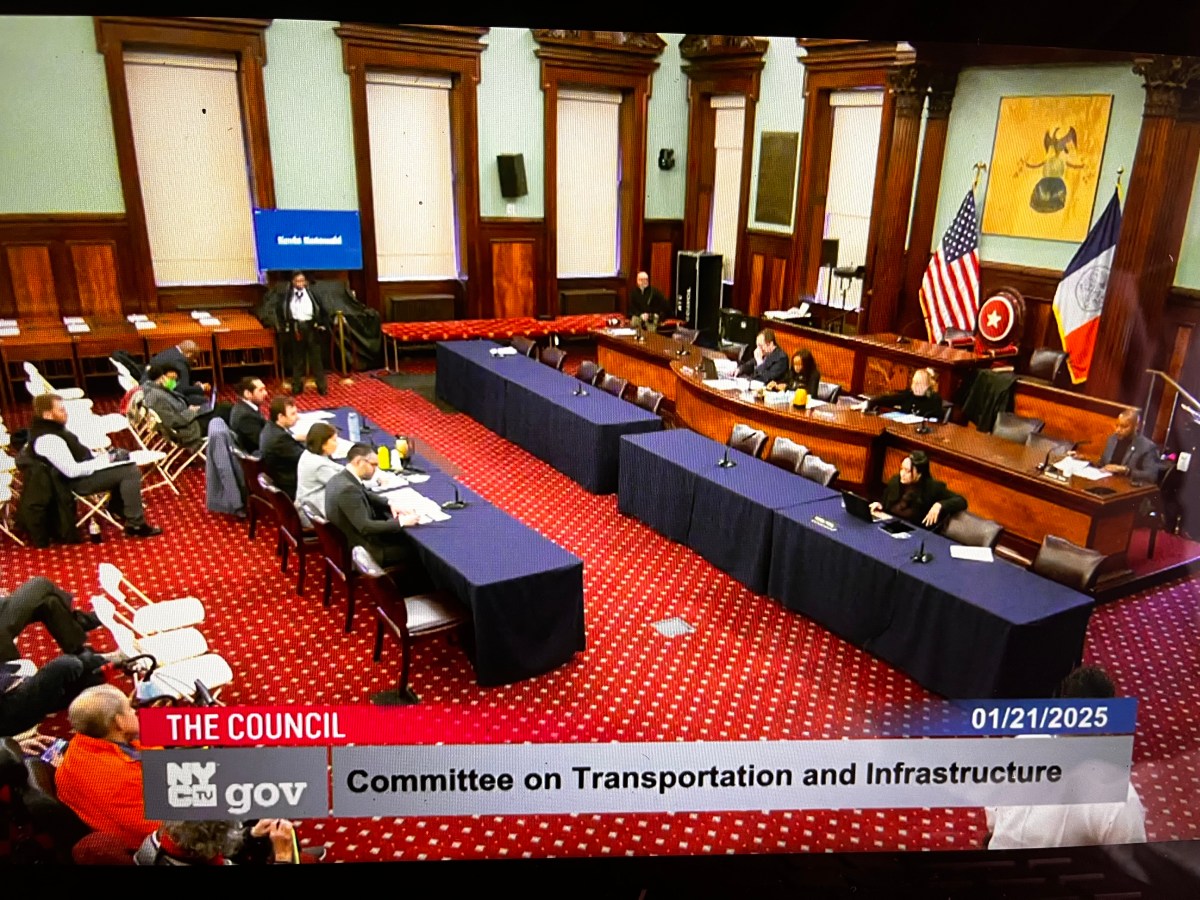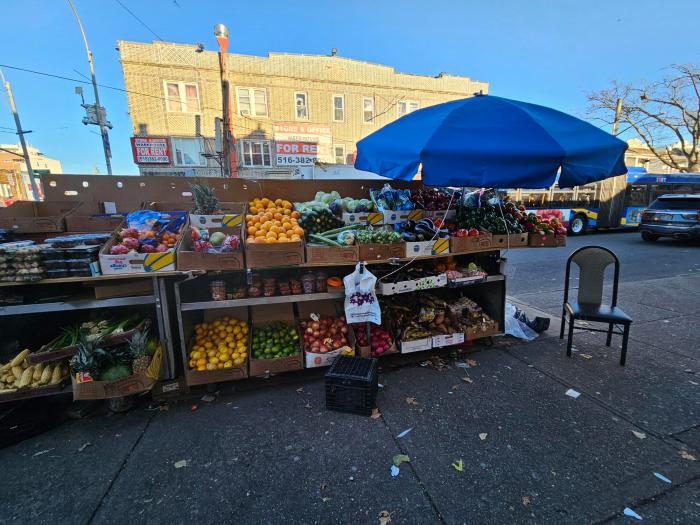Shipping containers could become the building blocks for affordable housing in the Bronx.
A New York real estate company has partnered with SG Blocks, a container construction company, to propose a mixed-use development in the northeast section of the borough.
The development would create about 65 to 75 apartments above a retail store and a church, according to Nyron Chin-Sang, the founder of the company Gold Key Group.
Chin-Sang, who is originally from the Bronx, said bringing affordable housing to the borough is important to him.
“Most of my projects have been market-rate,” he said. “I’ve noticed an over supply of that type of building.”
He chose to work with SG Blocks because he was impressed by its affordability, quality and speed. Using shipping containers cuts construction time by 40 percent and is 10 to 20 percent less expensive than typical construction, according to Paul Galvin, the CEO of SG Blocks.
SG Blocks has built several container-based buildings for a variety of companies, including Puma, Equinox and Starbucks, but Galvin hopes this type of construction will become a solution to the housing crisis.
“It’s been a long time since a new solution has been offered,” he said. “We want to change the landscape, fill lots, provide safe and affordable housing.”
The containers are eco-friendly, they meet international building codes and can withstand hurricanes and earthquakes, Galvin said. The interiors can be insulated and support plumbing and electricity, while the exteriors are designed to blend in with their surroundings — or can be left the way they are, he said.
“Anything we put on the outside is ornamental, not structural,” he said.
The idea to build affordable housing with containers has been pitched in other cities as well, and higher-end buildings have popped up around the world, including a 5,000-square-foot, single-family home in Williamsburg.
From a design standpoint, shipping containers meet the standards of living, but there are some concerns about if they will be able to address the affordability crisis for the city’s poorest communities, said Oksana Mironova, a housing policy analyst for the Community Service Society, which works to fight poverty in New York.
“I’m not sure if the cost savings up front are enough to charge low enough rents for people at or below the poverty level,” she said.
One of the core problems is the price and scarcity of land in the city, she said, which doesn’t change because of a different type of construction.
The Bronx proposal will need to be approved by the city’s Housing and Preservation Department, and many of the details — including what level income it would serve — are still being worked out, Chin-Sang said. An exact location of the proposed site could not be made public because the approval process is not complete, he added.




































